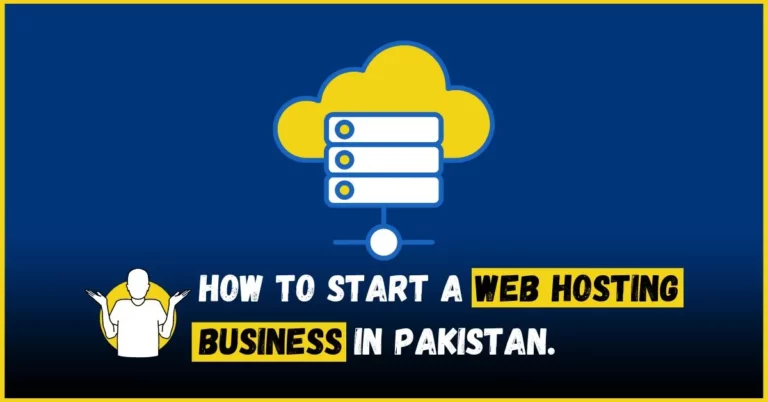
In today’s fast-paced business landscape, flexible workspace has gained much traction among modern entrepreneurs and businesses alike. More and more business leaders understand the necessity for adaptability to keep up with evolving market demands; coworking space management software plays an essential part in providing more efficiency and adaptability of workspace spaces.
Understanding Flexible Workspaces
Flexible workspaces are dynamic environments designed to adapt easily to changing requirements from businesses and employees. Going beyond traditional office setups, flexible workplaces include remote work arrangements such as hot desking, collaborative spaces, and remote working concepts like remote working. Their adaptability enables businesses to maximize space usage for project requirements that fluctuate according to staff sizes or workload requirements; by breaking away from rigid office structures they create environments that foster creativity, innovation, and collaboration that ultimately result in improved productivity and efficiency for greater profitability and success.
Flex workspaces bring many benefits for businesses and employees, including increased productivity, employee happiness, and cost reductions. Employees enjoy freedom in choosing where and when they work – empowering them to tailor their workload and enhance performance while saving businesses significant sums on office rent costs and overhead fees. As organizations embrace flexible workplace design to stay ahead in an ever-evolving marketplace by adapting quickly to shifting business requirements through adaptation, a flexible workspace is vitally important to long-term success in an evolving marketplace.
Related: What is the easiest accounting software for small businesses?
Strategies for Establishing a Flexible Workspace
1. Workspace Design
Workspace designs play a pivotal role in their flexibility. Elements like flexible floor plans, modular furniture, and multipurpose spaces help foster collaboration and communication among team members; modular furniture allows easy reconfiguration to accommodate changing needs or preferences.
Additionally, multipurpose spaces serve as flexible areas that can be utilized for meetings, presentations, or individual work – optimizing their utility as an office workspace. By employing these design principles businesses can create work environments that foster creativity, innovation, and productivity while improving employee experiences overall.
2. Virtual Office Solutions
Virtual office solutions allow businesses the freedom and flexibility to maintain a professional business presence without needing physical office space. Services like virtual addresses, mail handling, and phone services enable companies to establish credibility quickly and affordably – not to mention that working from anywhere allows the professional image that clients and customers expect of you while remaining effective and flexible!
Virtual office solutions ensure employees working remotely or traveling for business remain connected and productive, keeping costs under control without incurring costly office lease agreements. They’re an economical alternative that’s suitable for startups, freelancers, and small businesses looking to establish a professional presence without incurring overhead expenses associated with traditional lease arrangements.
Related: Top 12 conversational AI software for 2024
3. Integration of Technology
Technology plays a pivotal role in supporting workspace flexibility. Coworking space management software is an indispensable resource that streamlines tasks associated with managing workspace operations such as desk bookings, resource allocation, and member communication. Businesses integrating coworking space management software can utilize it effectively within their operations to maximize workspace efficiency and adaptability so resources are utilized optimally while employees remain productive from anywhere on their campus.
Case Examples
Multiple companies have successfully implemented flexible workspace strategies with remarkable results. Company X, a tech startup, transformed its traditional office space into an efficient flexible environment featuring hot desking and collaborative areas – leading to significant increases in employee productivity and collaboration, leading to enhanced business results. Likewise, Company Y (a remote-first company), leverages virtual office solutions to maintain a professional business presence while giving employees more freedom when working remotely from any location worldwide.
Challenges and Considerations
Establishing a flexible workspace offers numerous advantages, yet businesses must address specific considerations as part of their implementation process. Remote team collaboration, data security issues, and maintaining company culture with a distributed workforce are among the challenges businesses may encounter when creating flexible workstations; but with careful planning and the appropriate tools in place, they can be overcome to create flexible spaces tailored specifically to meeting business’s needs and supporting growth.
Related: Best AI Blogging Software
Conclusion
Establishing a flexible workspace is vital for businesses seeking to adapt to changing business requirements and remain competitive in today’s crowded business landscape. By adopting strategies such as versatile designs, virtual office solutions, and coworking space management software integration into work environments that foster productivity, collaboration, and innovation – as well as by using workspace management effectively across resources in their utilization ensuring employees can work productively from anywhere – flexible workspace management is an integral component of creating one of these dynamic work environments.




![Big IT companies in Pakistan [Full detail in 2024]](https://www.stackoftuts.com/wp-content/uploads/2022/08/Big-IT-companies-in-Pakistan-768x403.jpg)
![List of things needed to start a business [Complete detail in 2024]](https://www.stackoftuts.com/wp-content/uploads/2022/09/List-of-things-needed-to-start-a-business-768x403.jpg)